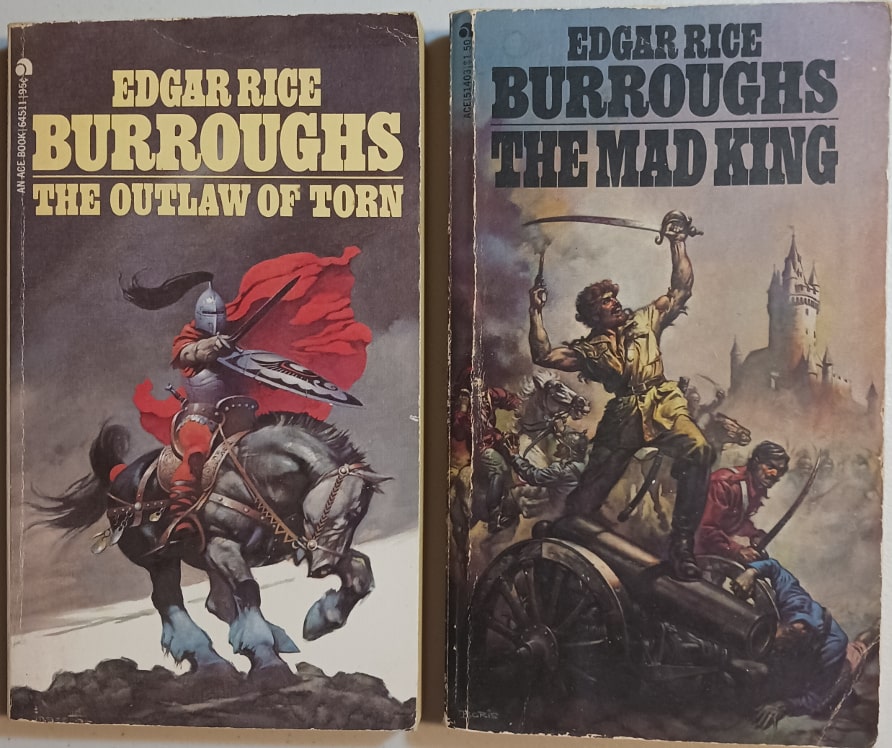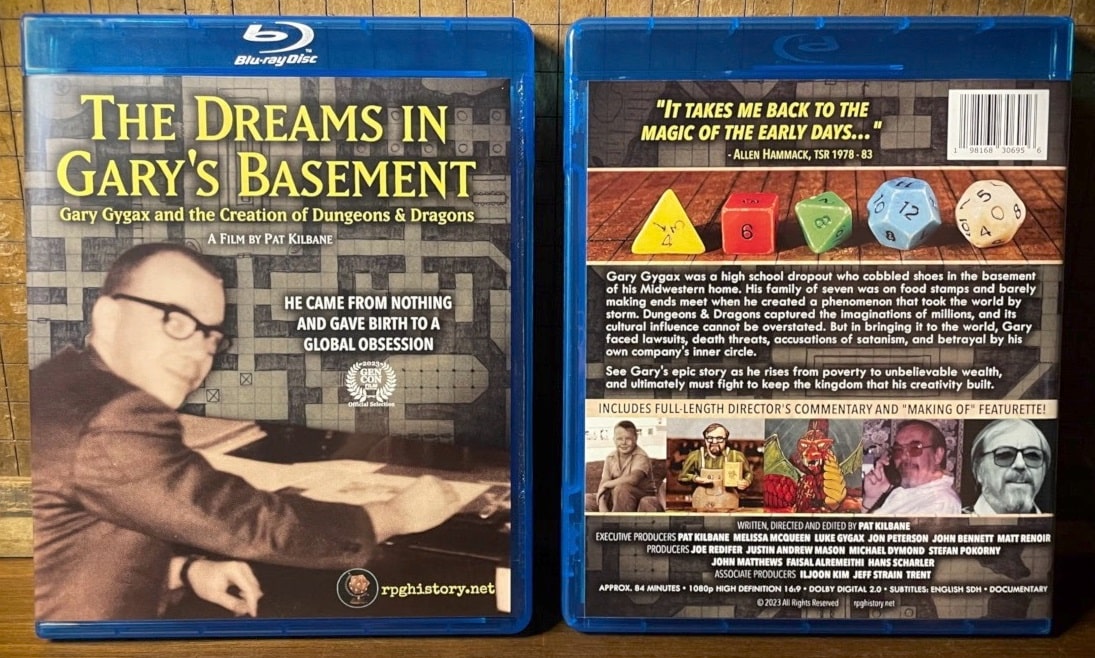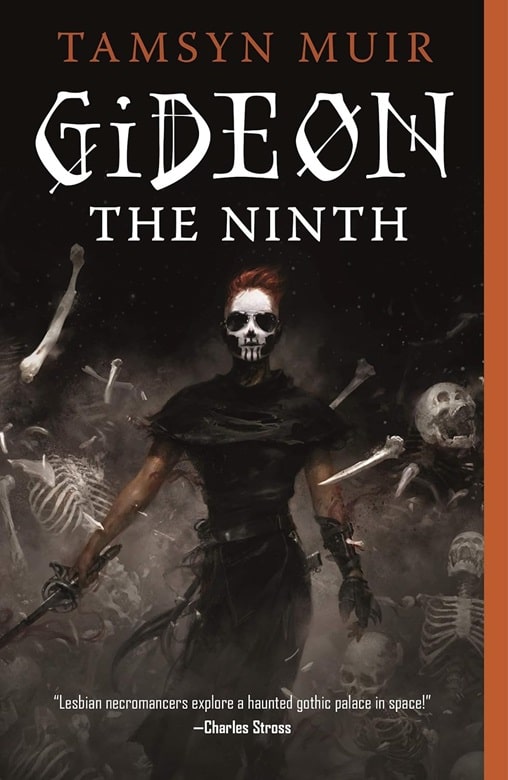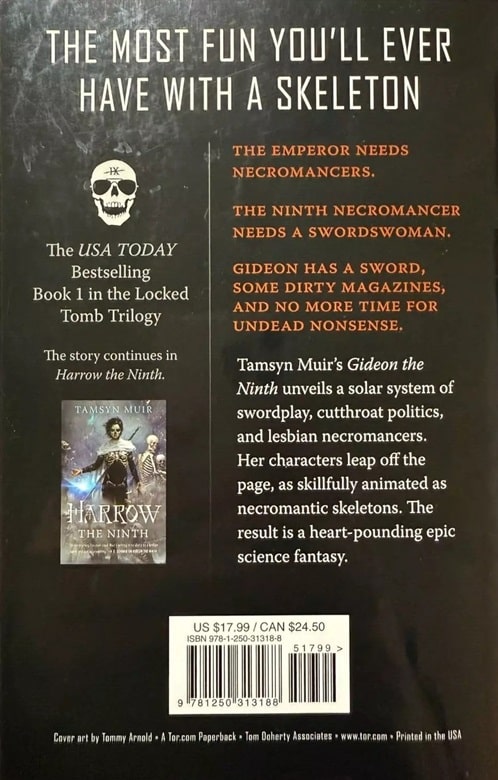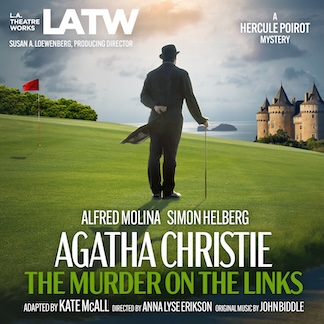An Important Life – Howard Andrew Jones (1968 – 2025)
A LIFE IS NOT IMPORTANT EXCEPT IN THE IMPACT IT HAS ON OTHER LIVES – Jackie Robinson’s epitaph

I did an interview last week with Jason Waltz for his ’24 in 42′ podcast (Yeah, I know: You just can’t wait to hear that one…).
One of the questions was about my favorite quote/lyric/poem/motivational thought. Some of you who know me probably figure it’s a Bible verse. And there are a couple that are right up there.
But it’s the epitaph on Jackie Robinson’s gravestone, which leads off this post.
My buddy Howard Andrew Jones has passed away from brain cancer. You’re going to see a LOT of people singing his praises in the coming weeks. All of it deserved. If I can stop crying long enough, my Monday morning post will be on Howard.
But you’re gonna see a common thread in the talk about Howard. The impact he had on other people’s lives. Especially in encouraging and helping writers – mostly in the sword and sorcery field.




